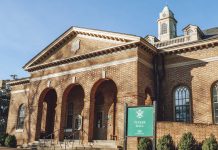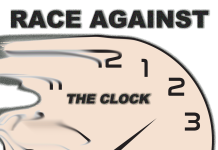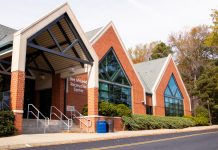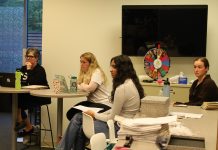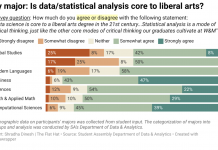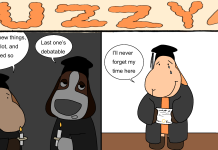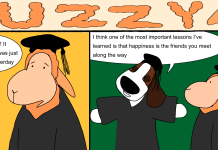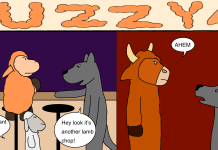A few days ago, I heard a news pundit speaking about the 112th United States Congress and what accomplishments the new Republican majority has made so far, which led me to reflect on the Williamsburg City Council election almost a year ago. It has been some time since I last heard about Williamsburg’s three-person rule, one of the primary concerns of student voters, so I did some online snooping to see if there has been any progress. Not surprisingly, there was little information about what may be underway with respect to that issue, although progress does seem likely in other areas regarding the College of William and Mary.
The first site I visited was the Williamsburg City Council’s web page. Prominently displayed is a link titled “2011 Legislative Priorities.” After perusing the list of issues the council intends to address this year, I noticed that the three-person rule was distinctly absent from the council’s agenda. In truth, the nation’s beleaguered economy has definitely brought up many other pressing issues that the city must deal with, including school and transportation funding. Additionally, the council’s 2011 agenda includes an initiative to rebuild state support for the College so that the Integrated Science Center’s third phase may be completed and St. George Tucker Hall can be renovated. That being said, the council clearly has no intention of reforming the still problematic three-person rule.
What seems to have gone unsaid is that students, who would rather see the three-person rule abolished, are willing to compromise, while Williamsburg residents largely see the regulation as necessary in order to maintain their lifestyle and the city’s integrity. So far, the council has amended the rule so that four unrelated people can live in the same house only under certain circumstances. It seems, then, that the council’s policy aims to restrain large groups of students from migrating off-campus in an effort to minimize drunken, loud and disorderly conduct in residential areas. When viewed from this perspective, who would blame them?
The reality, however, is that Williamsburg is not a city that can be defined by one facet of its demographic or economic characteristics. It is simultaneously a historical town, tourist attraction, residential area and college town. The inescapable truth is that college kids drink and party, and that so long as the College is located in Williamsburg, there will be college kids getting drunk on the weekends. While the Williamsburg City Council has shown effort to address some of the College’s concerns, I respectfully assert my belief that the student body would like to see progress made in more productive areas.








